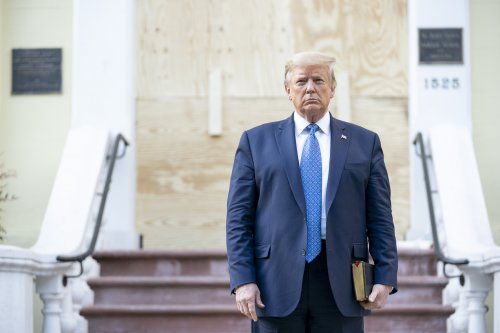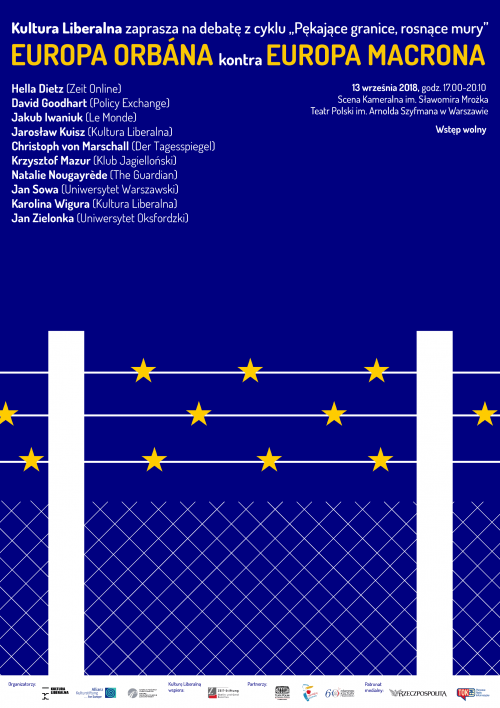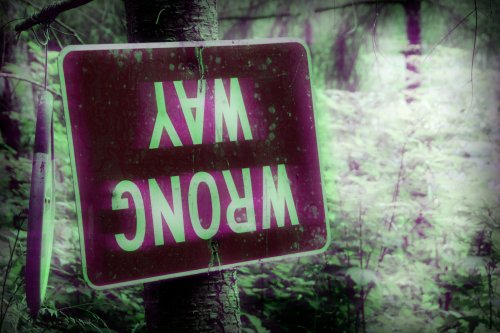However, as if in spite of the curator’s intention, the exhibition allows to grasp exactly how different their individual style is; their sensitivity, the technique, the way each of them presents and composes the scene. Hence the exhibition can in fact be viewed as if we were looking at two separate retrospectives. What the photos on display do have in common is first and foremost the shared theme – modern urban life.
New York I love you, but you’re bringing me down.
As a child, William Klein lived in New York. Later, after having dropped out of his sociology studies / having interrupted his sociology degree and served in the U.S. Army during Second World War, he ended up in Europe. After the war he studied art at the Sorbonne, where one of his teachers was Fernando Leger. Until today, he maintains a close link/bond/tie to Paris, where he got married and then lived for some time. In the fifties, Klein returned to the United States. His subsequent stay in New York resulted in the album Life is good and good for you in New York that brought him much fame, although initially it caused some controversy and Klein struggled to find an editor in the U.S. The portrait of New York presented in his photos was criticized as an unjust image of the city and an offensive distortion of its reality. His outstanding albums that followed include Rome (1960), Moscow (1964), Tokyo (1964). Some of the works from these publications are on display at the exhibition in London.
Daido Moriyama is from Osaka. In the sixties he moved to Tokyo, where he began his career as a photographer. He became involved with the magazine Provoke, which was founded by a group of artists in search of new means of expression – one that would allow them to show the changes that were occurring in Japan after the lost war and with the arrival of the new socio-economic order. Their photographic style was often described as are, bure, boke which means ‘rough, blurred and out of focus’. Such are also Moryama’s photographs in the albums and works Japan: A Photo Theatre (1968), Platform (1977), Tales of Tono (1976/1999) which are on display in Tate.

William Klein
Piazza di Spagna, Rome 1960
© William Klein
There is something very passionate about the way both artists would look at the city. Klein is an astute observer, exposing the rules, motivations and desires that drive societies clustered in the metropolises of the United States, Europe and Asia. Having denounced the utopia of the American Dream of the 1950s, he is especially ruthless in his account of New Yorkers and the city itself, with which he confesses to have a love-and-hate kind of relationship. He observes carefully and attentively. Ever so often, he approaches the lens of his camera very close to the subjects of his photographs, interfering with their personal space and at the same time capturing in one frame scenes taking place behind the protagonist. With confidence, he uses contrast and wide angle. The New York of William Klein is a place full of tension: between violence, inequality and austere rigor.
Moriyama’s Tokyo is on the other hand a ghost town. The photographer displays an almost uninhabited city where people wander around, reminiscing the long lost ties with their loved ones. His photos are blurred, obscure/dim. Moriyama rarely lets us see human faces, occasionally silhouettes. Very often his photos don’t feature people at all, but rather buildings, railway stations, roads with no end. Their lack of focus brings a sense of anxiety, uneasiness and nostalgia.
Photography of denunciation, and that of an impression
Klein and Moriyama both observe similar objects and phenomena, even the same cities – Tokyo and New York. Moriyama photographs New York by night, revealing the play of lights in a city that seems deserted. Klein’s Tokyo is the crowd hurrying off to work in plain daylight. To a greater degree, Klein’s attention focuses on the object itself [1]: in his photos, he attempts to permeate the layer of the ordinary, in order to discover what is at foundations – or else what can be found behind the appearances of – cities and the people inside them. In contrast to that, Moriyama’s photography is considerably more subjective – it captures and immortalizes impressions. In his depictions of cities one recognizes moods, emotions and attitudes that can easily be those experienced by a resident of a big metropolis. To employ here a philosophical dichotomy:, Klein’s photography is the photography of an object (and exposure), Moriyama’s – that of a subject (and impressions).

William Klein
Bikini, Moscow, 1959
© William Klein
There is one more difference that may occur to a visitor to the exhibition in Tate Modern. Klein is interested in various forms of artistic expression. Photography aside, he has directed movies (e.g. Who Are You, Polly Maggoo? – a satire on fashion world, Mr Freedom – a parody of American politics and the ideologies that accompany it) and painted (e.g. Holland=Mondrian, a series of paintings on figurativeness and abstraction). Moriyama is dedicated solely to the practice of photography, often theming and exploring its limits. In Light and Shadow (1981), he addresses the contrast of light and darkness and their capability of transforming the texture and surface of an object; in How to Create a Beautiful Picture (1987), he photographed objects of everyday use in a way that they appear as abstract geometrical forms.
After watching the exhibition one might get the impression that it has been dominated by Klein. It is hard to decide whether the fact that Moriyama’s photos appear as slightly less impressive in comparison to Klein’s is due to the latter’s creative power or to the way it has been exhibited by the curator. Without doubt, having used a similar technique, they both have developed distinct styles. Moriyama’s photography is subjective, penetrated by fear and anxiety; the photos of Klein strike with exceptional discernment of a would-be sociologist.
[1] Object not in a sense of objects that are realistically presented by the creator
Exhibition:
William Klein + Daido Moriyama, Tate Modern, 10 October 2012 – 20 January 2013





